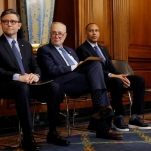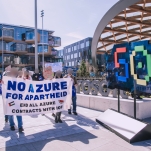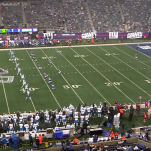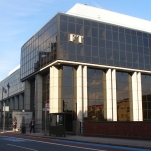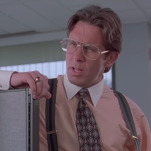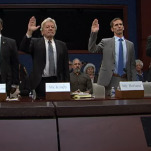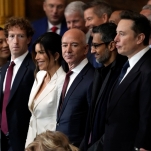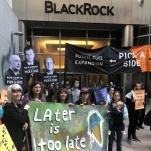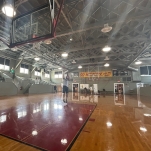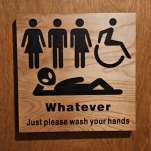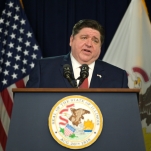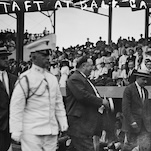Navigating a Digital World After 40 Years in Prison
Edward Minor had a paper due for his English class on income inequality at Wayne County Community College in Detroit. He’d completed all the research and knew what he wanted to write. The main issue was time—he only had a few hours.
But countless, frustrating obstacles delayed his progress, from the laborious pace at which 62-year-old Minor types to figuring out how to save his document. The final step, however, was really tripping him up. Since he was using a computer at the library, he needed to email the file to himself so he could edit it later on a different computer.
“Do I just put my email address up here?” Minor asked, pointing to the bar at the top of the web browser. Eventually he got some help from a computer technician, but he wasn’t confident he’d be able to find the document later.
“They’re doing it so fast and I’m trying to follow,” he says. “They don’t see that there’s a baby right here in front of them. I’m a baby out here!”
Indeed, Minor’s relationship to the world isn’t so different from that of an infant. That’s because, in October 2017, Minor was released from prison after being incarcerated for more than 40 years. A modern-day Rip Van Winkle (who left society for a mere two decades), Minor is adrift in a society that left him behind.
The hunt-and-peck typing method he employs, which itself is slower than usual, is just the beginning of his technological difficulties. The computers, wireless internet, and touch screens that many take for granted are alien to him. Even looking at a computer screen—with all its strange icons, commands, and windows—is like deciphering the Rosetta Stone.
While Minor may be an extreme case, he squarely fits the description of Americans who suffer most from the digital divide, a phenomenon that describes how technology can contribute to inequality: He’s elderly, he’s poor, and he’s a person of color.
Resolving the divide’s underlying issues will be anything but simple, but the negative effects are pretty straightforward. If you don’t have access to the internet or the skills to use it, you also won’t have access to countless jobs and resources. As Tom Wheeler, former chair of the FCC, said in 2015, “The bottom line is this: If you are not connected to the internet…you cannot participate fully in our economy and our democracy.”
As of 2015, Detroit was the least connected city in America. Forty percent of Detroit’s households have no broadband connection and 70 percent of its school-age kids have no internet access at home (excluding smartphones).
-

-

-

-

-

-

-

-

-

-

-

-

-

-

-

-

-

-

-

-

-

-

-

-

-

-

-

-

-

-

-

-

-

-

-

-

-

-

-

-

-

-

-

-

-

-

-

-

-

-

-

-

-

-

-

-

-

-

-

-

-

-

-

-

-

-

-

-

-

-

-

-

-

-

-

-

-

-

-

-

-

-

-

-

-

-

-

-

-

-

-

-

-

-

-

-

-

-

-

-

-

-

-

-

-

-

-

-







